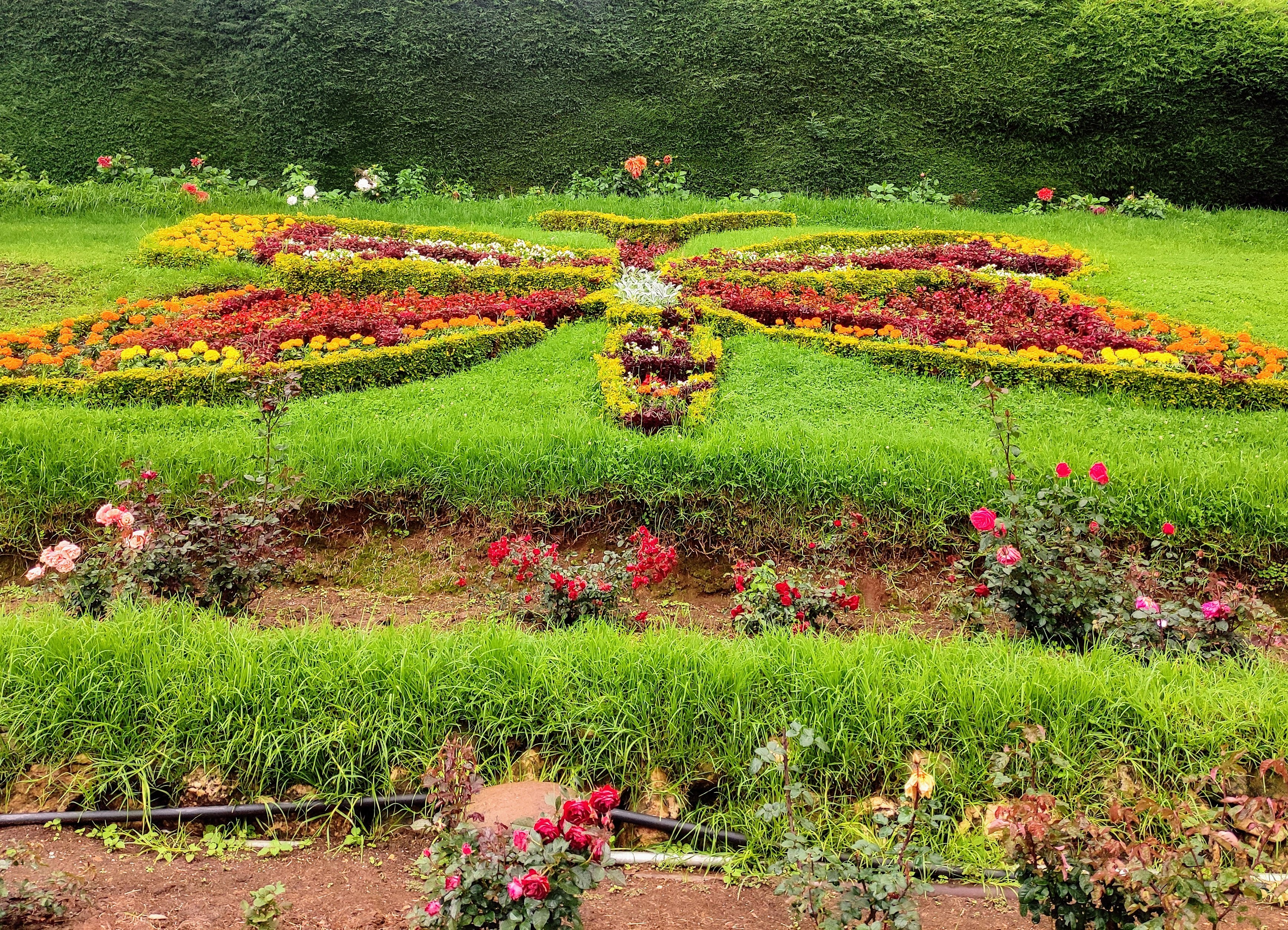Introduction to Autumn Flora
Autumn is a pivotal season in the gardening calendar, marked by a dramatic transformation in both climate and color. As temperatures begin to cool and daylight hours shorten, the flora around us undergoes a significant metamorphosis. This season brings about an extraordinary opportunity to witness the beauty of nature as it prepares for the winter months. Many flowers and plants display their resilience during this time, showcasing vibrant hues and unique textures that captivate the senses.
A variety of flowers bloom in autumn, adapting seamlessly to the shifting environment. Chrysanthemums, asters, and sedums are exemplary autumn flora that thrive in the cooler temperatures. These hardy plants not only stand out due to their colorful petals but also provide essential nectar for pollinators preparing for the winter season. Furthermore, the foliage of deciduous trees tends to blaze with brilliant reds, golds, and oranges, offering breathtaking landscapes that can evoke a sense of wonder and tranquility.
Engaging in gardening during the fall months serves multiple purposes. It allows gardeners to clean up their spaces, remove dead plants, and prepare the earth for the dormant period ahead. Simultaneously, it presents an opportunity to plant spring bulbs that will yield beautiful flowers come warmer weather. Additionally, the crisp atmosphere encourages outdoor activities, making it a perfect time to enjoy nature’s final flourish before winter arrives.
It is essential to recognize that despite its impending dormancy, autumn presents a plethora of opportunities for appreciating the beauty of plants. By embracing the season, gardeners can celebrate the charming array of flora that defines this time of year while ensuring their gardens remain vibrant for many months to come.
Top Autumn Flowers for 2024
As autumn approaches in 2024, various flowers and plants can enhance your outdoor spaces with rich colors and textures. Among the standout choices are chrysanthemums, asters, and ornamental kales, each bringing their unique charm to the autumn landscape. Understanding the care requirements and blooming times of these varieties will help you create a vibrant seasonal display.
Chrysanthemums, or mums, are synonymous with fall. Available in numerous colors, including burgundy, yellow, and crisp white, they bloom from late summer through late fall. Ideal for garden beds or containers, they thrive in full sun and well-drained soil. Regular watering and deadheading faded blooms will ensure these flowers remain robust and vibrant throughout the autumn season.
Asters are another magnificent choice for autumn. These perennials bloom in shades of purple, blue, and pink, effectively complementing the warm hues typical of the season. Asters prefer a sunny location with fertile, well-drained soil. They flower from late summer to late fall, making them perfect for keeping your garden lively as the year winds down. As with chrysanthemums, deadheading will encourage additional blooms and prolong their flowering period.
Ornamental kales, while technically part of the cabbage family, make a striking addition to gardens with their dense, colorful foliage. Available in shades of purple, pink, and white, these plants thrive in cooler temperatures and can survive light frosts, adding depth and interest to any autumn arrangement or container. Plant them in rich, well-drained soil and provide adequate moisture for optimal development.
To maximize the autumn aesthetic, consider incorporating these flowers into your landscape design, using them as focal points in gardens or as part of seasonal arrangements. The varied textures and rich colors of chrysanthemums, asters, and ornamental kales can elevate the overall fall decor, creating a beautiful and inviting environment.
Best Autumn Foliage Plants
As the days grow shorter and the temperatures begin to drop, the vibrant and diverse foliage of autumn plants takes center stage, transforming gardens and landscapes into a beautiful kaleidoscope of colors. Among the most stunning representatives of this seasonal change are various trees and perennials that showcase extraordinary leaf patterns and colors. Japanese maples, with their delicate leaves, are especially prized for their fiery reds and oranges that become increasingly vivid as autumn progresses. These trees thrive in partial shade and well-drained soil, making them an ideal choice for smaller gardens or as focal points in larger landscapes.
Another notable contender is the oak tree, renowned for its majestic stature and remarkable leaf colors, ranging from deep red to burnt orange. Oaks are hardy and adaptable, flourishing in diverse soil types. Their strong presence adds structure to any garden, particularly when combined with other ornamental plants. Sumacs, on the other hand, feature clusters of striking red and purple leaves that can brighten even the grayest autumn days. They are tolerant of poor soil and drought, offering a particularly low-maintenance option for gardeners looking to maximize fall aesthetics.
In the realm of perennials, plants such as coral bells (Heuchera) and hostas provide dynamic foliage throughout the fall season. Coral bells boast leaves in various shades, including copper, purple, and silver, while hostas bring rich greens and variegated patterns. Both varieties thrive in shaded areas and their foliage remains appealing well into the cooler months. For successful gardening and landscaping, integrating these plants not only enriches visual interest but also ensures a harmonious blend that celebrates the beauty of autumn.
Planning Your Autumn Garden
Creating a stunning autumn garden involves careful planning and strategic selection of flowers and plants that thrive during the cooler months. Begin by evaluating your local climate, as different regions may have varying temperature ranges and precipitation levels that dictate the types of plants suited for your garden. In many areas, late summer is an optimal time to start planning for your autumn garden, ensuring that the selected flowers will bloom beautifully as the leaves begin to turn.
When selecting plants, focus on varieties known for their autumn appeal, such as chrysanthemums, asters, and ornamental kale. These flowers not only provide vibrant colors but also attract pollinators, adding life to your garden. Additionally, consider incorporating foliage plants with striking textures and colors, such as hostas and Japanese maples, to enhance visual interest throughout the season.
Preparation of the soil is another critical aspect of a flourishing autumn garden. Conduct a soil test to determine pH levels and nutrient content, allowing for necessary amendments to be made in advance of planting. Enriching the soil with organic matter, such as compost, will improve its structure and fertility, promoting healthy root development for your plants. Proper drainage is crucial, as roots can suffer in overly saturated soil.
Combining different species can create a cohesive and visually appealing garden. Group plants with similar water and sunlight requirements to ensure ease of maintenance and continued blooms throughout the fall. Planning for winter preparation is also vital; ensure that perennials are well mulched to protect their roots and maintain soil moisture. A checklist of autumn gardening tasks can help in managing plant care, while also allowing you to enjoy the engaging transformations in your outdoor space during this beautiful season.
If you’re interested in purchasing the item you seek, please click the link for additional details: #americanachoice.
https://amzn.to/3SBN3Oy
AFFILIATE DISCLOSURE: I am an affiliate for this company, I am not a paid employee.
I may receive a commission if you click a link on this page and choose to purchase something.
You can rest assured I will only share things I believe in and will be valuable to you.


